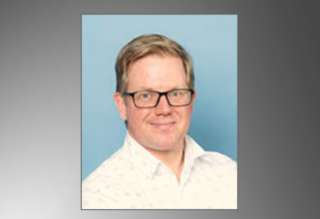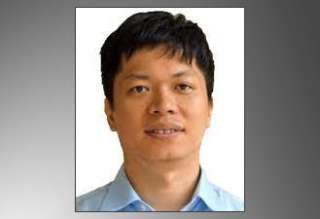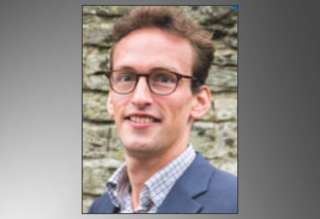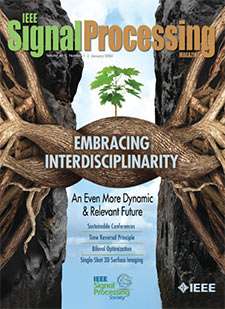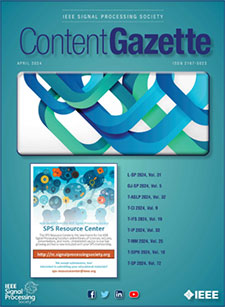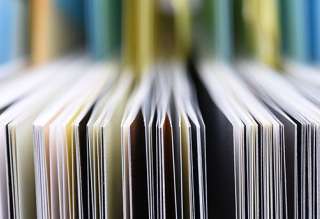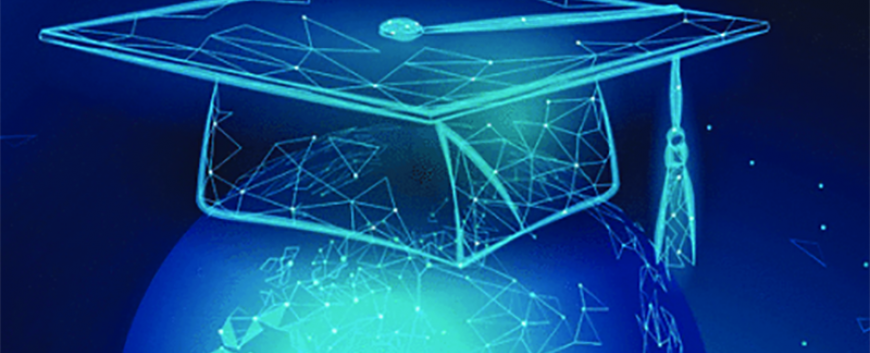Teaching Digital Signal Processing by Partial Flipping, Active Learning, and Visualization: Keeping Students Engaged With Blended Teaching
Top Reasons to Join SPS Today!
1. IEEE Signal Processing Magazine
2. Signal Processing Digital Library*
3. Inside Signal Processing Newsletter
4. SPS Resource Center
5. Career advancement & recognition
6. Discounts on conferences and publications
7. Professional networking
8. Communities for students, young professionals, and women
9. Volunteer opportunities
10. Coming soon! PDH/CEU credits
Click here to learn more.
Teaching Digital Signal Processing by Partial Flipping, Active Learning, and Visualization: Keeping Students Engaged With Blended Teaching
The effectiveness of teaching digital signal processing (DSP) can be enhanced by reducing lecture time devoted to theory and increasing emphasis on applications, programming aspects, visualization, and intuitive understanding. An integrated approach to teaching requires instructors to simultaneously teach theory and its applications in storage and processing of audio, speech, and biomedical signals. Student engagement can be enhanced by having students work in groups during class, where they can solve short problems and short programming assignments or take quizzes. These approaches will increase student interest and engagement in learning the subject.
Introduction
DSP is used in numerous applications, such as communications, biomedical signal analysis, health care, network theory, finance, surveillance, robotics, and feature extraction for data analysis. Learning DSP is more important than ever before because it provides the foundation for machine learning and artificial intelligence.
The DSP community has benefited tremendously from Oppenheim’s views of education [1], [2] and from his many field-shaping textbooks. Teaching an engineering class in general and the DSP class in particular is very different today from 30 years ago when computers, tools, and data were not available in abundance. Shulman captures how classes with significant mathematical content were taught in the past [3]. He describes specifically how a professor teaches fluid dynamics: “He is furiously writing equations on the board, looking back over his shoulder in the direction of the students as he asks, of no one in particular, ‘Are you with me?’ A couple of affirmative grunts are sufficient to encourage him to continue… This is a form of teaching that engineering shares with many of the other mathematically intensive disciplines and professions; it is not the ‘signature’ of engineering.” The author is right in that, although some instructors teach engineering this way, it is not and should not be our teaching signature. When I taught the DSP class at the University of Minnesota (UMN) using the Oppenheim–Schafer textbook [4] in the fall of 1989, my teaching signature was close to what Shulman describes. But over the last three decades, my teaching signature has changed significantly. In this article, I will describe my teaching signature as I practice it today.
SPS on Twitter
- DEADLINE EXTENDED: The 2023 IEEE International Workshop on Machine Learning for Signal Processing is now accepting… https://t.co/NLH2u19a3y
- ONE MONTH OUT! We are celebrating the inaugural SPS Day on 2 June, honoring the date the Society was established in… https://t.co/V6Z3wKGK1O
- The new SPS Scholarship Program welcomes applications from students interested in pursuing signal processing educat… https://t.co/0aYPMDSWDj
- CALL FOR PAPERS: The IEEE Journal of Selected Topics in Signal Processing is now seeking submissions for a Special… https://t.co/NPCGrSjQbh
- Test your knowledge of signal processing history with our April trivia! Our 75th anniversary celebration continues:… https://t.co/4xal7voFER

